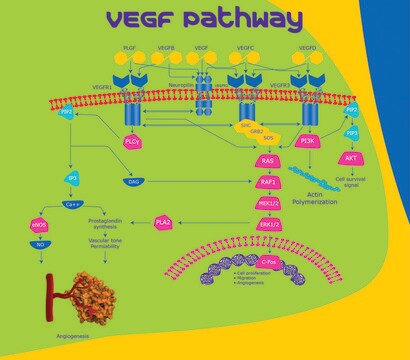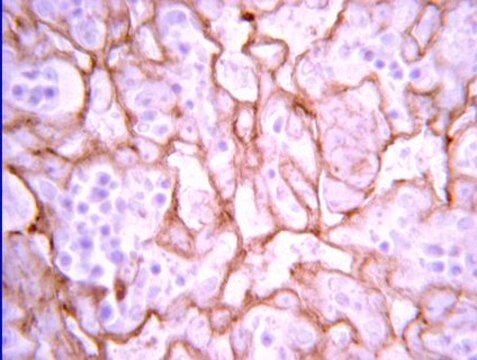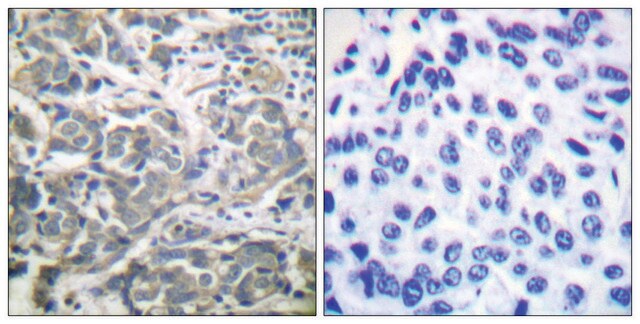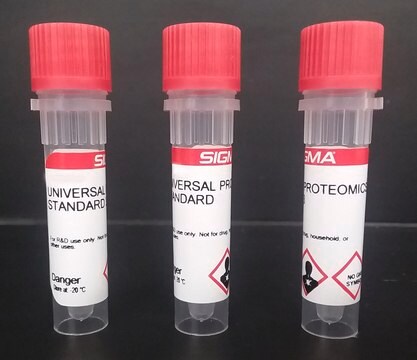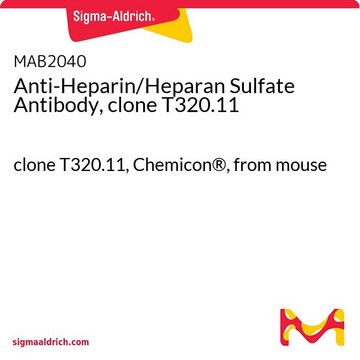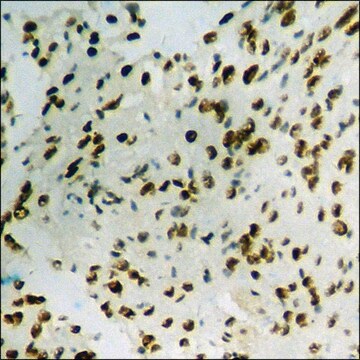SRP8056
Tim-3 (mouse): FC (human)
recombinant, expressed in CHO cells, ≥98% (SDS-PAGE)
Synonim(y):
HAVcr-2, T-cell immunoglobulin and mucin domain-containing protein 3, TIM3, TIMD3
About This Item
Polecane produkty
pochodzenie biologiczne
mouse
rekombinowane
expressed in CHO cells
Próba
≥98% (SDS-PAGE)
Formularz
lyophilized
masa cząsteczkowa
monomer 45 kDa by calculation
opakowanie
pkg of 100 μg
warunki przechowywania
avoid repeated freeze/thaw cycles
zanieczyszczenia
<0.06 EU/μg endotoxin, tested
kolor
white
numer dostępu UniProt
Warunki transportu
wet ice
temp. przechowywania
−20°C
informacje o genach
mouse ... Havcr2(171285)
Opis ogólny
Działania biochem./fizjol.
Postać fizyczna
Rekonstytucja
Inne uwagi
Kod klasy składowania
10 - Combustible liquids
Klasa zagrożenia wodnego (WGK)
WGK 2
Temperatura zapłonu (°F)
Not applicable
Temperatura zapłonu (°C)
Not applicable
Wybierz jedną z najnowszych wersji:
Certyfikaty analizy (CoA)
Nie widzisz odpowiedniej wersji?
Jeśli potrzebujesz konkretnej wersji, możesz wyszukać konkretny certyfikat według numeru partii lub serii.
Masz już ten produkt?
Dokumenty związane z niedawno zakupionymi produktami zostały zamieszczone w Bibliotece dokumentów.
Nasz zespół naukowców ma doświadczenie we wszystkich obszarach badań, w tym w naukach przyrodniczych, materiałoznawstwie, syntezie chemicznej, chromatografii, analityce i wielu innych dziedzinach.
Skontaktuj się z zespołem ds. pomocy technicznej